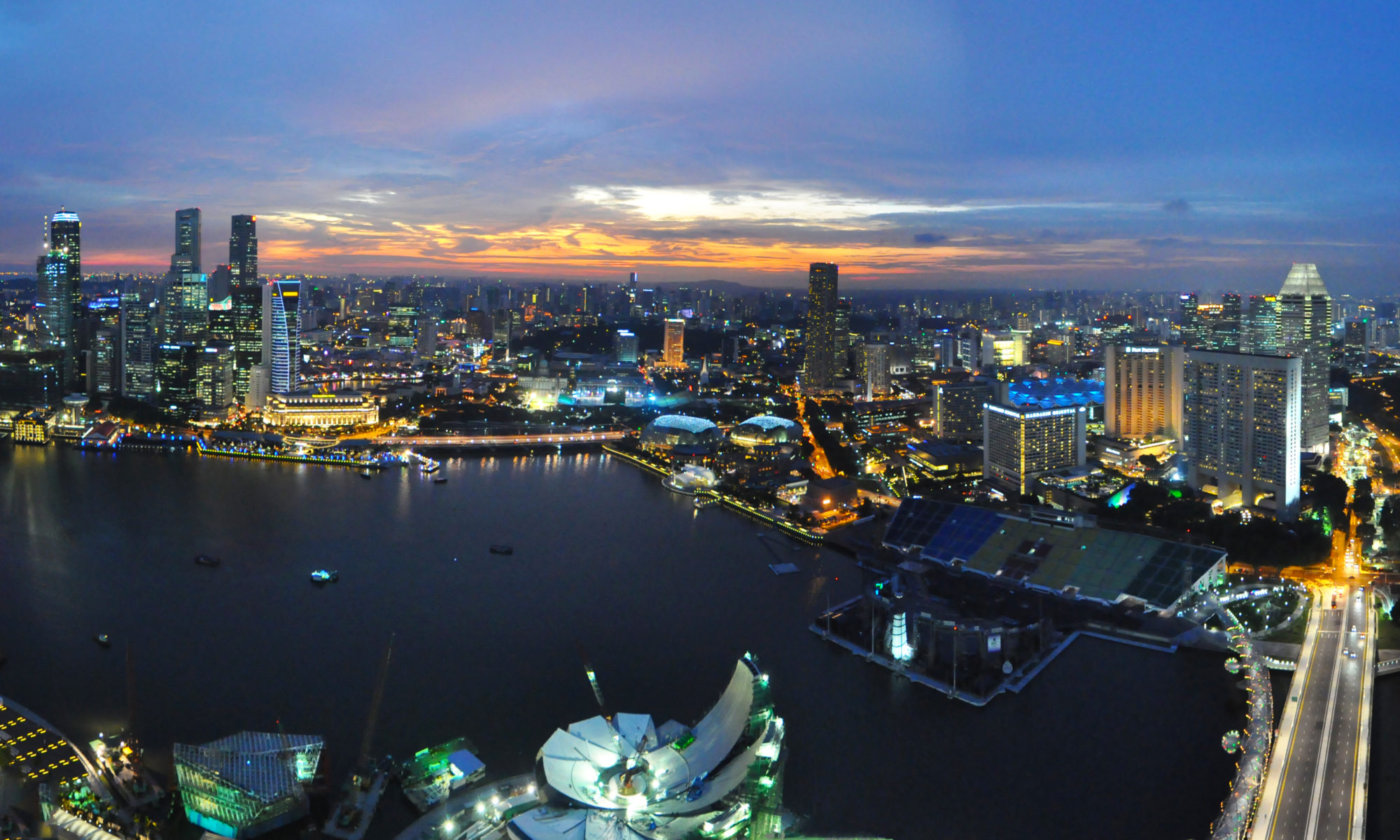I’m copying the following right out of my journal from mid-day day and tacking on the second destination’s comments.
I’m sitting at a picnic table in a tranquil orchard 16 km south of Phnom Penh. There’s an abundance of butterflies, a rich orchestra of bird calls, and a pleasant breeze cooling the intense sun. I’m in the shade of some strange tree with large, curly vines draped over me like a mosquito net.
This place wold be beautiful for a picnic, if not for the incredible oppression of the memories of what’s occurred here. These are the killing fields and picturing the gruesome eponymous work that occurred here sends a chill down my spine. I’m 40 meters from the nearest and largest of the graves. But I’m not more than 200 from the farthest. Thanks to our guide, we know that each has a story: beheaded victims that are likely untrusted Khmer Rouge soldiers, naked women certainly raped before being killed, babies whose skulls were crushed when they were swung by their legs into a tree, and piles and piles of everything else (20,000 at this site alone.)
There’s a pagoda in front of me with 17 stories of skulls–over 4,000 in all. The skulls show the evidence of multiple kinds of horror: machete to head, blunt instrument skull crushing, bamboo stakes driven into the brain, drills forced through the top of the skull, and the occasional bullet hole with the sizes and sutures showing their ages to be anything from early teens to very old.
As we walked among the graves we could see the ground littered with bone fragments. The wet season saturates the ground and floats the bones to the surface over time. The bits and pieces are not collected and are kicked about like pebbles. In a more remote path I find a pelvis embedded in the ground beneath me. Next to a tree lies a pile of human teeth. All this and, amazingly, only a fraction of the graves have been excavated.
This was a preliminary to the main act: S:21. S:21 is a torture prison run by the Khmer Rouge during their tyrannous reign in the late 1970s. For reasons that have never been determined, many people were pulled from their homes and sent to this building for torture. The tormentors were usually trying to get the victim to admit being a CIA or KGB agent. Or both.
The building was a high school when the Khmer Rouge took over. But among their many radical societal changes, education was discontinued under their rule. The tight compound with many different classrooms served to hold and separate the torture rooms. And the largest classrooms were divided into many 2×4 cells. The cells has no doors. The prisoners were manacled to the floor.
Today most of these buildings have been converted to a museum of sorts. Many of the pictures of the thousands that were tortured to death here or tortured then sent to the killing fields adorn the walls. But one building remains intact the way it was left when the Khmer Rouge were ousted. This includes the torture devices, leg shackles, and pools of dried blood.
Even more moving that this frozen scene of history was the living sample that guided us from room to room. Like anyone over the age of 30, she lived through the ordeal. She was 10 at the time the Khmer Rouge appeared and all of her family lost their lives in the episode. She spent years in a camp 100 km outside of Phnom Penh (there were no people allowed to live in the city) working seven days a week on the fields. Because the workers weren’t provided enough food, she survived by eating grass, leaves, roots and snails.
Our guide came to S:21 because she had heard that pictures were taken of all the victims. She knew her uncle had been sent there (and never seen again) and she wanted to find some evidence of what had happened. She found no evidence but realized that she had to participate in telling the world about what happened here. She said that she had trouble getting through the first few tours because the pictures–one famous one of a mother holding her daughter, in particular–choked her up and made her cry on the tour.
I saw Dachau on my trip to Europe a couple years back. I have to say that today’s scene moved me more. One cannot claim more tragedy to one of these acts of genocide than the other. But to me Dachau’s events seemed more removed and distant. The presence of a guide that can both tell the history and place herself among it is unreal.
